
Gaby Gabriel, MD, program director, interventional radiology residency and assistant program director, diagnostic radiology residency, University of Kentucky, discussed how systemic therapy differs from liver-directed therapy.

Gaby Gabriel, MD, program director, interventional radiology residency and assistant program director, diagnostic radiology residency, University of Kentucky, discussed how systemic therapy differs from liver-directed therapy.
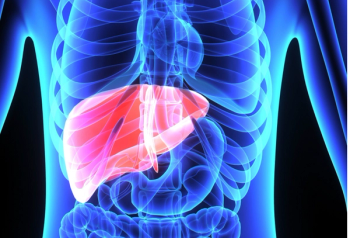
Approximately 75% of people diagnosed with Alagille syndrome in childhood live to at least 20 years of age.

Adam Olszewski, MD, associate professor of medicine in Alpert Medical School at Brown University, discusses the rate of treatment-related mortality and the most common causes in the treatment of Burkitt lymphoma.

Gaby Gabriel, MD, program director, interventional radiology residency and assistant program director, diagnostic radiology residency, University of Kentucky, discussed how liver-directed therapy is approached in the treatment of liver metastases in patients with gastrointestinal neuroendocrine tumors.
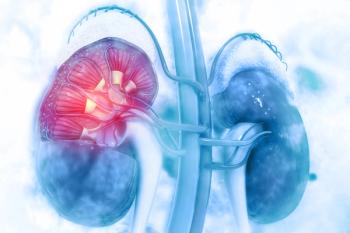
Peter Stenvinkel, MD, PhD, FASN, full professor and senior lecturer at Karolinska University Hospital, Karolinska Institutet, discusses what pharmacists can do to support patients in the intervention or prevention of chronic kidney disease.
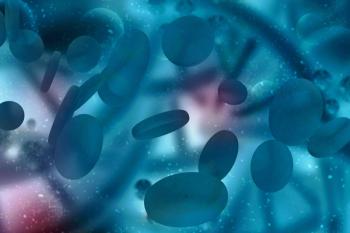
Peter Stenvinkel, MD, PhD, FASN, full professor and senior lecturer at Karolinska University Hospital, Karolinska Institutet, discusses the role of Nrf2 and vitamin K in DNA damage signaling, senescence, and inflammaging.

Pharmacies and shippers can be active participants from the loading dock to the front door by using available data and analytics to make better business decisions in successfully shipping their next patient medication.

Peter Stenvinkel, MD, PhD, FASN, full professor and senior lecturer at Karolinska University Hospital, Karolinska Institutet, discusses the link between senescence and early vascular aging in the context of chronic kidney disease.

Peter Stenvinkel, MD, PhD, FASN, full professor and senior lecturer at Karolinska University Hospital, Karolinska Institutet, discusses what may be some of the contributing factors to early vascular aging and how might they be counteracted.

Jennifer Andrews, MD, pediatric hematologist-oncologist at Vanderbilt University Medical Center and medical director of Vanderbilt University Medical Center’s blood bank, discusses what health systems can do to address the national blood shortage and increase blood donations.

Jameshia Below, PharmD, an assistant professor of pharmacy practice at the University of Louisiana Monroe College of Pharmacy, explains how palliative care can support the cancer treatment process, and how specialty pharmacies can support this type of care.

Peter Stenvinkel, MD, PhD, FASN, full professor and senior lecturer at Karolinska University Hospital, Karolinska Institutet, discusses the next steps to identify and develop novel and effective therapeutic targets for vascular calcification and early vascular aging.

The company’s decision to take melphalan flufenamide off the market was made after dialogue and interactions with the FDA.

The company plans to submit data to the European Medicines Agency, FDA, and other global regulators.
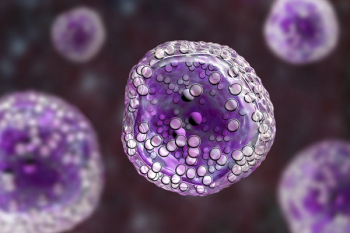
The new drug application submission of parsaclisib (Incyte) was based on data from several phase 2 studies that evaluate the treatment.
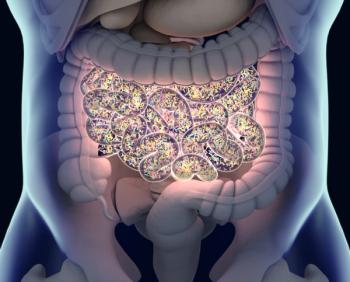
SER-109, an investigational, oral, biologically-sourced microbiome therapeutic designed to reduce recurrence of C. difficile infection (CDI), demonstrated a 31.1% absolute reduction in the rate of CDI recurrence over 12 weeks compared to placebo

Michael Hogue joins Ed Cohen and John Beckner to dig deeper into vaccine hesitancy, boosters, and other topics in the immunization space.

Kelan Thomas, PharmD, MS, associate professor of clinical sciences at Touro University California College of Pharmacy, discusses common themes or key points being raised in the field of psychedelic medicine at recent conferences.

Swim-Ear helps to soften, loosen, and remove earwax.

Voltaren treats osteoarthritis pain in the joints amenable to topical treatment, such as the knees and the hands.

Adam Olszewski, MD, associate professor of medicine in Alpert Medical School at Brown University, discusses the factors associated with progression-free survival and overall survival in the treatment of Burkitt lymphoma.
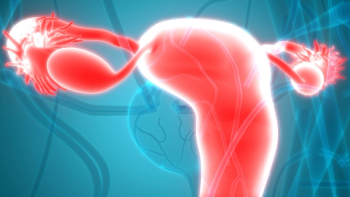
Endometriosis most commonly involves the ovaries, fallopian tubes, and the tissue lining the pelvis.

Peter Stenvinkel, MD, PhD, FASN, full professor and senior lecturer at Karolinska University Hospital, Karolinska Institutet, discusses the therapeutic strategies or treatments for vascular calcification that have been found to be effective in patients with chronic kidney disease.
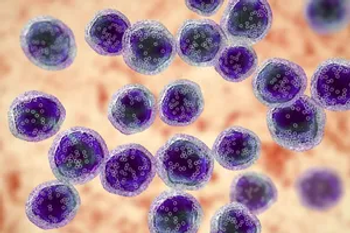
Nicole Ross, MSN, CRNP, AOCNP, nurse practitioner for the department of hematology/oncology at Fox Chase Cancer Center, discusses the challenges of treating neuroendocrine tumors in large cancer centers.
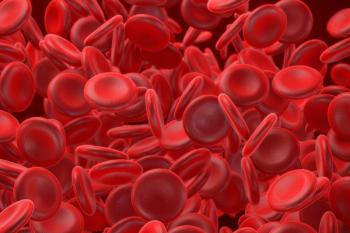
Peter Stenvinkel, MD, PhD, FASN, full professor and senior lecturer at Karolinska University Hospital, Karolinska Institutet, discusses what the current clinical therapeutic strategies and novel treatments are for vascular calcification.

Nicole Ross, MSN, CRNP, AOCNP, nurse practitioner for the department of hematology/oncology at Fox Chase Cancer Center, discusses how large cancer centers are able to manage adverse events for individuals with neuroendocrine tumors.

Paolo Raggi, MD, PhD, professor at the department of medicine in the division of cardiology at the University of Alberta, discusses the cardiovascular effects of chronic kidney disease.

Nicole Ross, MSN, CRNP, AOCNP, nurse practitioner for the department of hematology/oncology at Fox Chase Cancer Center, discusses how large cancer centers are able to manage care for individuals with many different physicians.
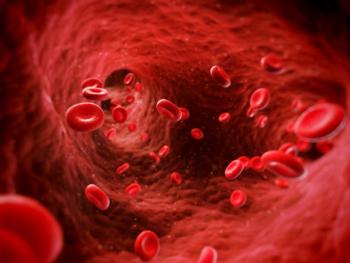
Peter Stenvinkel, MD, PhD, FASN, full professor and senior lecturer at Karolinska University Hospital, Karolinska Institutet, discusses how medial vascular calcification impacts early vascular aging.

Mei Ka Fong, PharmD, BCOP, said oral oncolytics have traditionally always been a major part of the treatment for neuroendocrine tumors.